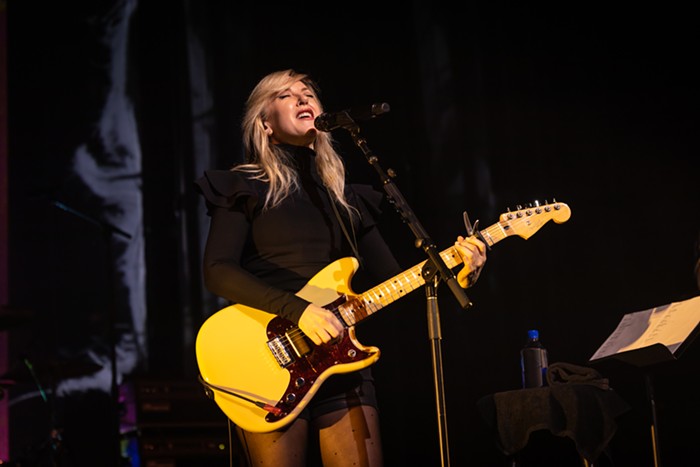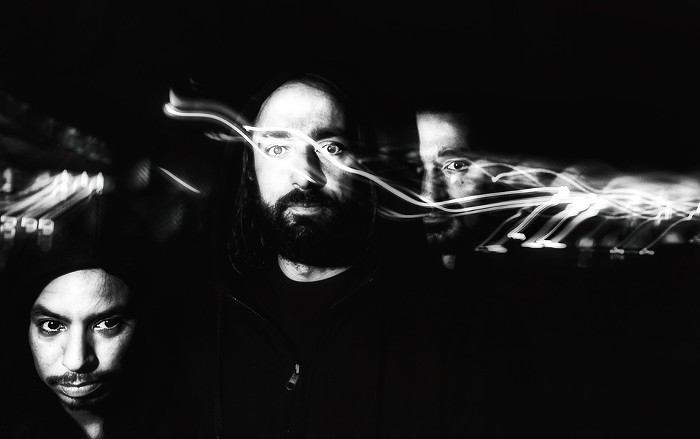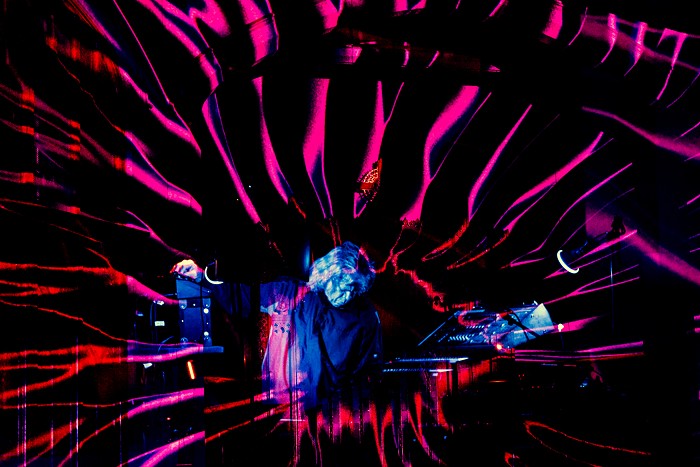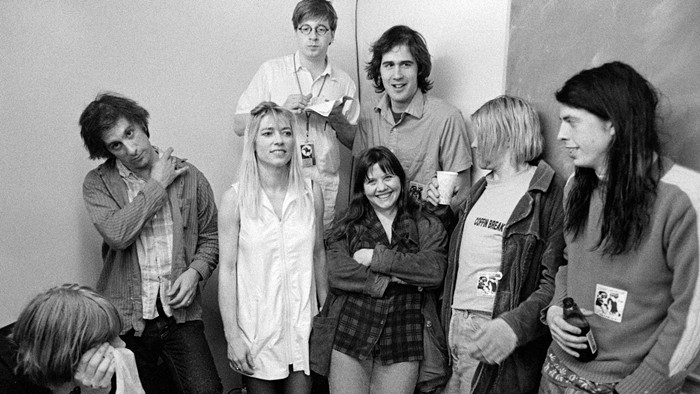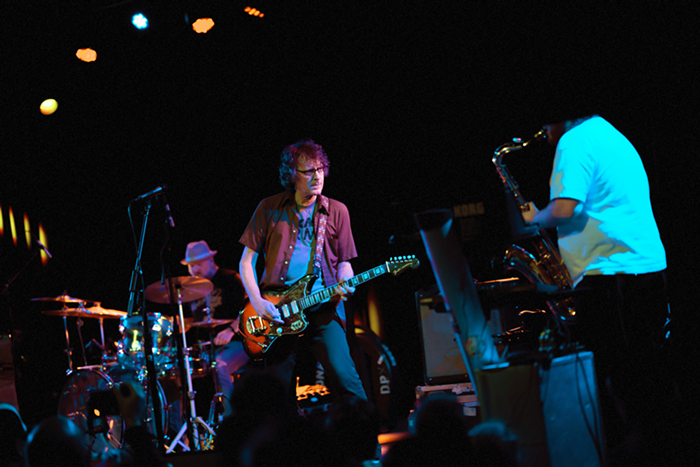It's the end of 2007 and those who care are still forced to dispel misperceptions about hiphop. The problem, as usual, is mainstream media: sensationalism in the news, shallow programming on the radio, corporate marketing everywhere. Thankfully, the underground thrives.
Urban centers across America—the places where the culture of hiphop originates—offer the greatest representation of the art forms associated with the lifestyle. (And it is a lifestyle, one that simultaneously endures exploitation and nurtures expression.) Over the last couple of years, Seattle has emerged as one of those urban centers, and the culture the city spawns extends beyond music.
Right now, fashion and visual art compete healthily as the city's primary nonmusical elements of hiphop. The two are naturally intertwined, commingling in galleries and retail stores, on runways and in skate parks, on stage and in song. The music—locally made hiphop, graduated from awkward adolescence, taking its first tentative steps toward adulthood, as well as equally respected but more established national acts—informs them both in a true symbiosis. Commerce brings it all together, offering devotees the clothes and artwork that represent the scene and small business owners the opportunity to make a living from it.
One of the best places to witness the creative loop that is hiphop culture is Laced Up, an 8-month-old sneaker shop/T-shirt boutique/art gallery/cultural depository on Capitol Hill. The store is the project of co-owners Ralph "Cassius" Belair and Jaycee "Kemetik" Coleman, a pair of twentysomething entrepreneurs (and fathers) who grew up tangled in a sublime love affair with hiphop—its look, its lingo, its sound.
Step into the bright, modestly sized store and Belair, a New York native sporting a goatee and locally designed sweatshirt, is gracious with a smile and a handshake. A mixtape pumps reggae and soul over the store's sound system. The walls are hung with art from Artifakt—an up-and-coming Seattle collective that comprises a dozen or so visual artists. The art is good—ranging from cartoony to nightmarish, political to abstract. The clothes are smart—evincing an infatuation with the iconography of hiphop's golden era. Kool Herc, Michael Jordan, KRS-One; guns, dollar signs, peace signs; history, pop culture, and aesthetics all coexist.
Behind the register is Porter Sullivan, a 19-year-old Seattle Central student from South Seattle who initially came to Laced Up for an internship in clothing design and retail management. Belair gave him a job instead. "We're trying to educate, to provide opportunity," Belair says. "We can give back to the community, doing it instead of talking about it. I'm not putting this store in South Seattle; I'm putting it where everyone wants to shop. I want people to see our lifestyle, understand the meaning of hiphop. We're giving people a different perception of the music."
Eight blocks west on Pike Street, Goods is Seattle's original hiphop lifestyle boutique—though co-owners Paul Williams, Steve Gonzales, Nin Truong, and Scott Downing wouldn't call it that. The focus here—a store open since 2003 that's three times the size of Laced Up—is high-end streetwear, a style associated with skateboarding, which is associated with hiphop (the era of punk as the soundtrack to kickflips is long gone). The hiphop influence is less obvious, though the music on the sound system, the club nights Goods sponsors, and the skate videos they produce give it away.
Goods has a different way of giving back to the community. Being the first store of its kind in Seattle, it sets the standard for what savvy marketing in the hiphop world can achieve. Where the white-T look of crunk can be bought at any Wal-Mart or Walgreens, the limited runs of Goods' goods—$200 sneakers, $50 hats, $150 hoodies—appeal to hiphop fashionistas. Lupe Fiasco brought the Goods crew onstage with him at this year's Bumbershoot in a showing of respect and support. Rapper Bun B sported a Goods-designed cap on BET's Rap City earlier this year and gave the store a shout-out during the show.
"There are stores like ours in San Francisco, in L.A., in New York," says manager George Otto. "The brands we carry cater to those stores. They don't sell to Macy's or Nordstrom. They're small lines and they want to keep it with the right people."
Which is how Goods has raised Seattle's profile nationwide. Laced Up is working on a smaller scale that's no less important; Belair can name a dozen local rappers, promoters, and producers who shop at the store and attend its monthly art openings. Somehow, when the public thinks about hiphop, it doesn't think about cooperation, it doesn't think about art, it doesn't think about community. Take a deeper look: Sometimes, that's what it's all about. ![]()


